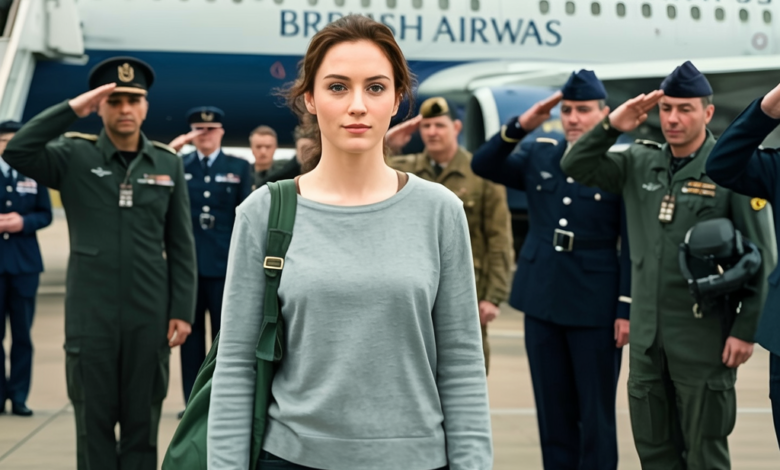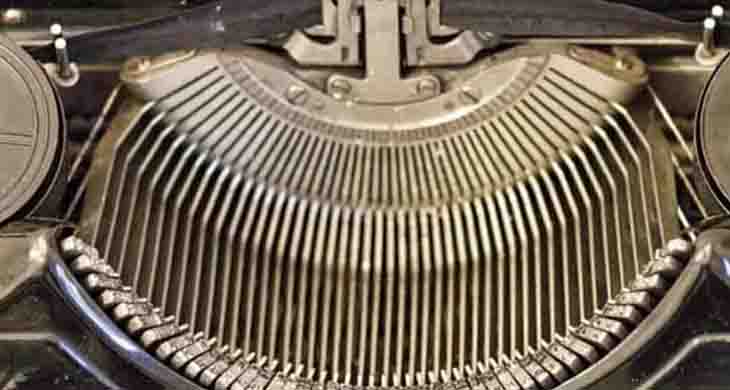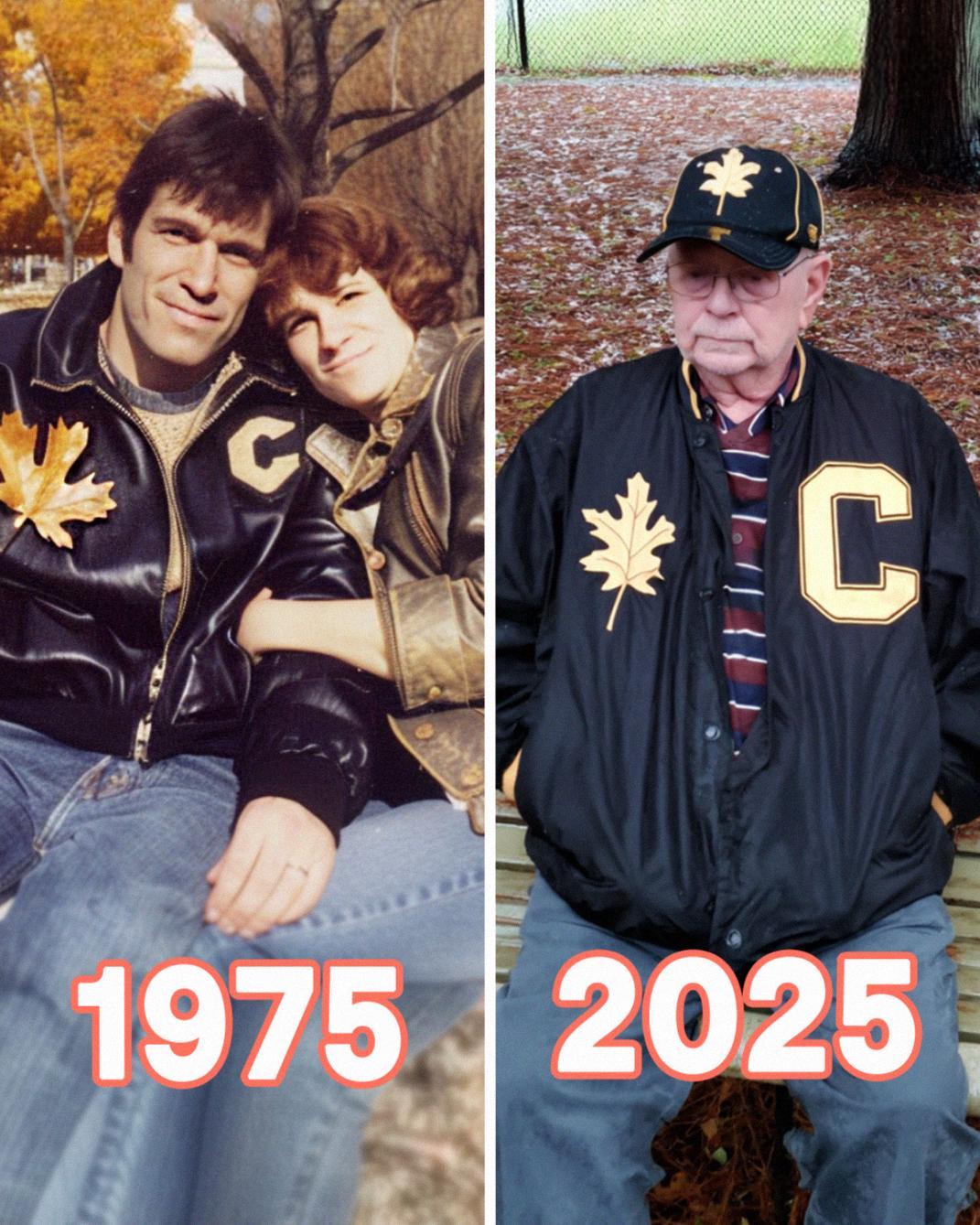
The morning sun spilled across JFK’s departure lounge as passengers filed onto British Airways Flight 847 to London. Among them was Passenger 127, listed simply as F. Martinez. She moved with quiet efficiency, unnoticed by most. Fallon Martinez, twenty-six, had mastered invisibility. Plain jeans, a sweater, sneakers. A book of Pablo Neruda’s poetry in her hands. Nothing about her suggested she was one of NATO’s most accomplished pilots. Her call sign was Phoenix, and in military aviation circles it was spoken with reverence.
The irony wasn’t lost on her: she was boarding a Boeing 777-300ER, an aircraft she was qualified to command, but as a passenger, not a captain. Fallon’s military career was filled with commendations for leadership under fire, missions flown under impossible conditions, and calm execution in emergencies. Yet civilian airlines had repeatedly rejected her applications. Lufthansa, British Airways, and others had told her—politely—that she didn’t “fit the image” of a wide-body captain. Too small. Too quiet. Not enough “command presence.”
Frustrated but composed, Fallon buckled into seat 23C. Tomorrow’s British Airways interview was her last chance at a civilian career. She doubted it would end differently. She might go back to military service, where skill mattered more than image.
Takeoff was smooth. The aircraft climbed into calm skies. Fallon opened her grandmother’s worn book of Neruda’s poetry, but her pilot’s instincts wouldn’t switch off. Every vibration, every hum of the engines, every creak of the fuselage registered with her. She had spent years surviving on the ability to notice what others missed.
In the cockpit, Captain Michael Harrison and First Officer Sarah Chun expected a routine transatlantic flight. Harrison, a twenty-three-year veteran nearing retirement, had flown this route a thousand times. The weather was perfect. Everything about the flight was ordinary—until it wasn’t.
At 11:47 AM, a hairline crack in a turbine blade inside engine two finally gave way. Within seconds, the engine shredded itself. Debris tore through hydraulic lines and electrical systems. The aircraft shuddered violently. Warning lights flared. Harrison declared a mayday as the 777 rolled sharply right. Flight controls were sluggish, hydraulic backups unresponsive.
In the cabin, oxygen masks dropped. Passengers screamed as the plane pitched and rolled. Flight attendants shouted for seatbelts. Panic spread like fire.
Fallon, however, wasn’t panicking. She was calculating. She knew the sound of catastrophic engine failure. She recognized the feel of multiple system breakdowns. While others prayed, she reviewed in her mind the emergency procedures she had drilled countless times. This was survivable. If she got to the cockpit.
Moving with calm certainty through the chaos, Fallon reached the cockpit door. A flight attendant blocked her, ordering her back. She met his eyes. “I’m Major Fallon Martinez, Spanish Air Force. I’m trained for this exact emergency. Let me help.” The aircraft lurched again. Her tone, steady and professional, carried more weight than panic ever could. The attendant stepped aside.
Inside the cockpit, Harrison and Chun were losing control. Fallon introduced herself crisply: “Captain, I’m Major Martinez, call sign Phoenix. I’ve trained extensively for multi-system failures like this. You’re in hydraulic collapse with degraded flight controls. Standard Boeing checklists won’t save you. But I can.”
Harrison bristled—he’d never let a passenger near the controls. But Fallon’s quick assessment was dead accurate. Chun glanced at her, stunned by her precision. The aircraft dived steeper. Time was bleeding away.
“Differential thrust with rudder input,” Fallon explained quickly. “Treat the engines like control surfaces. One engine’s gone, but your remaining thrust can keep us level. Elevator trim for pitch. Fly it like a crippled fighter, not a 777.”
Harrison had heard of the technique, but had never used it. Fallon, by contrast, had done it in combat. “I’ve flown aircraft home in worse condition than this,” she said flatly. “I can keep us in the sky.”
At 20,000 feet, with the Atlantic rising fast, Harrison made the call. “Major Martinez, you’re in.”
She slid to the throttles, her hands calm and precise. Harrison managed rudder. Chun called out altitude and airspeed, monitoring for cascading failures. Fallon adjusted power settings in fractions, forcing the aircraft into stability. Slowly, impossibly, the descent rate eased.
“Fifteen thousand feet,” Chun reported, her voice steadying. “Airspeed stable. Rate of descent decreasing.”
Harrison felt it too. The beast was responding. He glanced at Fallon. She wasn’t guessing. She was flying.
Outside, two RAF F-22s, scrambled from a training exercise, intercepted. Squadron Leader James Morrison watched in awe as the massive jet clawed back stability. “Falcon Lead to Control,” he radioed. “They’ve recovered partial control. Whoever’s flying that airliner knows combat techniques.”
Inside, Fallon kept working the throttles, reading the jet’s responses like second nature. “We need a long runway,” she ordered calmly. Harrison relayed the request. Control vectored them toward RAF Coningsby, twenty-five miles ahead.
At 10,000 feet, runway in sight, Chun’s voice carried relief for the first time. Fallon guided the crippled 777 down, feathering power, coaxing the aircraft into a controlled approach. At 12:47 PM, British Airways 847 touched down so smoothly some passengers thought they were still airborne.
The cabin erupted in cheers and tears. Passengers clapped, hugged, sobbed into their oxygen masks. In the cockpit, silence. Harrison and Chun stared at their instruments, trying to process what had just happened. Fallon made the announcement herself: “Ladies and gentlemen, welcome to RAF Coningsby. Please remain seated.” Her calm voice triggered another round of applause.
On the tarmac, Morrison and his wingman had already landed. They knew the name Phoenix. NATO pilots told stories about her impossible recoveries, her calm in missions where others lost control. Now they realized she had just saved 284 civilians.
As Fallon stepped off the aircraft in jeans and a sweater, Morrison and his wingman snapped to attention and saluted. Ground crew joined, forming an impromptu honor guard. Passengers looked on, realizing the woman they had ignored in seat 23C had just kept them alive.
Harrison and Chun, shaken but alive, knew the truth: the airlines that had dismissed her as lacking “command presence” had nearly cost her a chance to save them. Fallon had done in minutes what civilian training never covered. She had rewritten the rules.
Media coverage exploded. Airlines were forced to confront their biases. Fallon’s techniques were studied in training programs worldwide. Six months later, she wore British Airways stripes, flying international routes and teaching emergency response programs that blended military precision with civilian safety.
Investigators traced the failure to a manufacturing defect. But the real story was Phoenix. She had boarded as Passenger 127, rejected and overlooked. She landed as the pilot who saved 284 lives—and forced an industry to rethink what leadership really looks like.
Capability wasn’t about stature, appearance, or presence. It was about skill, knowledge, and calm under fire. Fallon Martinez had proved it, not in an interview room, but at 35,000 feet over the Atlantic, where nothing but the impossible would do.


